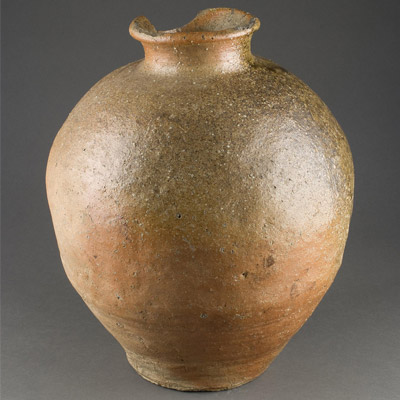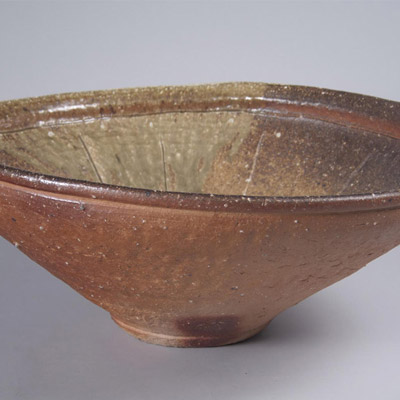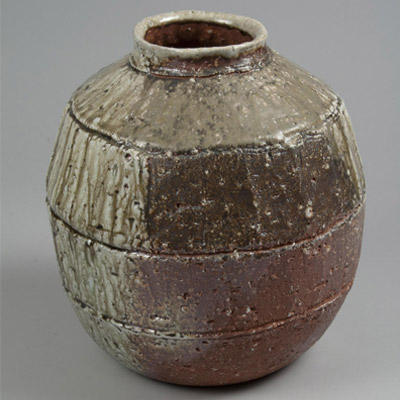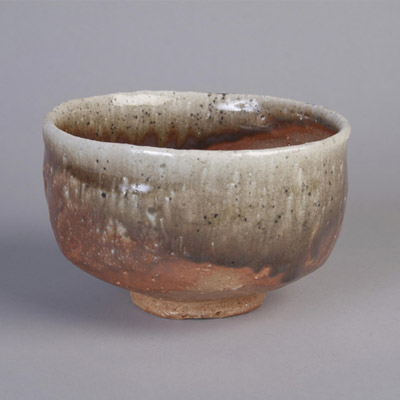Wabi Sabi: Beauty in Imperfection
The ceramics in this section embody the Japanese aesthetic of wabi sabi. A difficult concept to pin down, wabi can be translated as "tranquil simplicity" and sabi as "patina or rust," referring to the beauty that comes with age and the wear of daily use. With the development of the tea ceremony in the sixteenth century, utensils exhibiting the wabi sabi aesthetic became popular. They were often used alongside elegant imported Chinese vessels to create striking visual contrasts. These ceramics date from the late sixteenth century CE to 2011, revealing the long history and continued vitality of the wabi sabi ideal.






